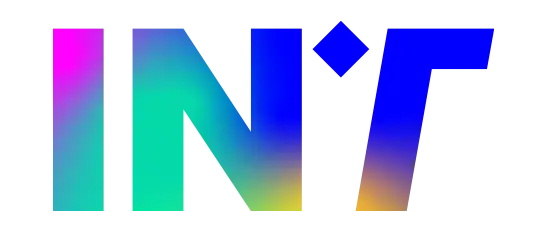Prime Video, one of the leading streaming services in the world, has recently announced a new experiment that could revolutionize the world of film and television dubbing: the introduction of Artificial Intelligence (AI) for the dubbing of films and TV series.
This innovation is part of a trend of automation and personalization of content, exploiting advanced technologies of machine learning, computational linguistics and speech synthesis. Below, we will explore in detail the technologies behind this experiment and how they could transform the voice acting industry.
Technologies behind automated dubbing
The new initiative of Prime Video is focusing on technologies behind automated dubbingnda on a combination of advanced technologies, in particular deep learning, natural language processing (NLP) and text-to-speech (TTS) models.
These technologies are able to analyse and produce artificial voices that faithfully reproduce the intonation, emotions and tones of the original language, allowing a natural translation into various idioms.
- Deep learning and language models
The heart of technology is deep learning, a branch of artificial intelligence that relies on complex artificial neural networks to learn and model large amounts of data. These neural networks are trained on huge data sets containing transcriptions and audio recordings of voice-overs made by human actors.
Through this process, the AI is able to “learn” the vocal peculiarities of voice actors, such as rhythm, tone and timbre, and apply them to the content to be dubbed.
Language models, such as GPT (Generative Pre-trained Transformer), are used to analyze the original script and produce a contextually accurate translation. This type of AI is able to capture not only the semantics of sentences, but also the emotional tone, cultural context and linguistic nuances, making translation more natural and faithful.
- Natural language processing (NLP)
NLP, or automatic natural language processing, is essential to understanding the profound meaning of dialogue. Using semantic analysis techniques, AI can identify the type of emotion expressed in a scene (such as anger, joy, sadness) and adapt the dubbing so that the voices are able to convey the same emotional impact in the target language.
For example, if a character is angry or enthusiastic, the AI recognizes these emotions and produces a voice that reflects that same intensity.
The final part of the technology is speech synthesis, or Text-to-Speech (TTS), which converts translated text into audio. Modern TTS systems, such as those based on models like WaveNet (developed by DeepMind), are able to generate artificial voices that sound extremely natural, with a clear Fluid and devoid of the robotic features that characterized the first generations of speech synthesis.
Using human voice recordings and advanced acoustic modelling techniques, TTS systems are able to replicate the vocal nuances, intonations and rhythms of the original language, increasing the realism of dubbing.
How AI dubbing works
The automated dubbing process begins with the transcription of the original script and translation of the text into the target language. This phase involves the use of advanced language models that do not just translate word for word, but capture the essence of conversation and the emotional dynamics of dialogue. Once translated, the text passes to the speech synthesis system, which starts generating the voices of the various characters.
The next step is lip-syncing (lip synchronization). Here, the AI is able to analyze the movements of the lips and actors in the original film, and adapt the voice-over pronunciation so that it corresponds to the natural movements of the characters’ lips, avoiding visual inconsistencies that could distract the viewer.
This technology is able to generate different voices for each character, adapting them to the context and emotion of the dialogue. Each scene is analyzed to ensure that the character’s voice fits perfectly with the tone of the situation.
Conclusions
The Prime Video experiment in artificial intelligence dubbing is a bold and innovative step that could profoundly transform the film and TV industry. The use of AI for dubbing offers advantages in terms of speed, cost and global accessibility, but also poses challenges related to artistic quality and ethical implications. It remains to be seen whether this technology will become the norm or continue to coexist with traditional dubbing. In any case, it marks an important step towards a future where technology and creativity come together to meet the needs of an increasingly global and diverse audience.






